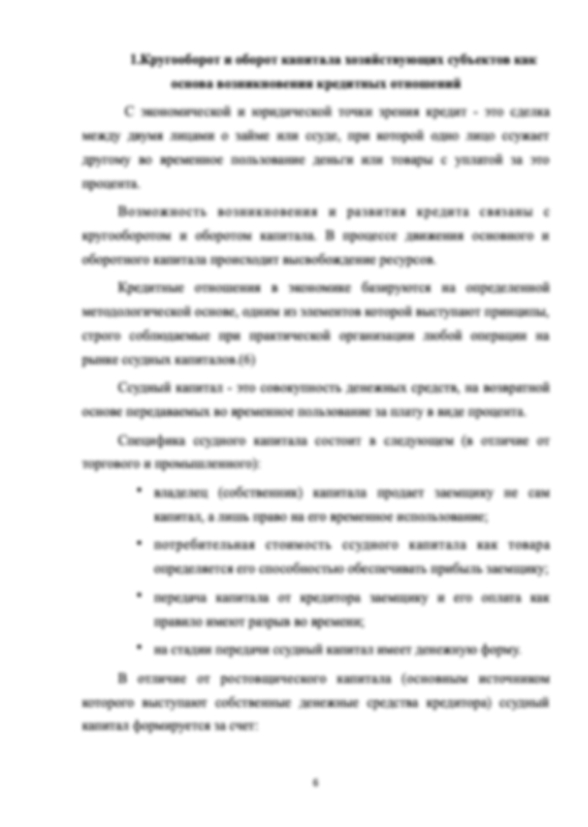Быстрое выполнение и хорошая работа
Информация о работе
Подробнее о работе

TEACHING LISTENING SKILLS: AN OVERVIEW OF THE PROBLEM
- 2 страниц
- 2017 год
- 33 просмотра
- 0 покупок
Гарантия сервиса Автор24
Уникальность не ниже 50%
Фрагменты работ
The main purpose of our research is to learn how to listen effectively in class and in life.
First, what is listening? Listening is one of the four language skills: reading, writing, listening and speaking. Like reading, listening is a receptive skill, as it involves responding to language rather than producing it. Listening involves making sense of the meaningful (having meaning) sounds of language. We do this by using context and our knowledge of language and the world.
Then, why is listening important? The importance of listening in language learning has changed over the past years. Listening used to be overlooked and educators supposed that listening abilities would be acquired during the grammar, vocabulary and pronunciation practice. The importance of listening extends far beyond academic and professional settings. Understanding how to practice good communication even in your day to day life, among friends, family, and significant others, is important for a number of reasons: fostering good self-esteem, maximizing productivity, improving relationships, and even becoming a better speaker. The importance of listening in language learning is worth considering since when you do not listen you will never learn anything new. It should not be difficult to realise the importance of listening when we consider that it occupies about 45 per cent of the time adults spend in communication. This is significantly more than speaking, which accounts for 30 per cent, and reading and writing, which make up 16 per cent and nine per cent respectively.
for all its importance, students (and even teachers) often fail to give listening the attention it needs. This is all the more remarkable as learners often say that listening is the most challenging of all the skills in English.Listening challenges for English language learners.
There are many difficulties an individual may face in understanding a talk, lecture or conversation in a second language (and sometimes even in their first language). The speaker, the situation and the listener can all be the cause of these difficulties.
Contributing factors include the speaker talking quickly, background noise, a lack of visual clues (such as on the telephone), the listener’s limited vocabulary, a lack of knowledge of the topic, and an inability to distinguish individual sounds.
While the challenges posed by the speaker or the situation may be out of the listener’s hands, there are a few skills or 'strategies' that English learners can use to help them along.
10 Steps to Effective Listening (это наверно не надо?)
Step 1: Face the speaker and maintain eye contact.
Step 2: Be attentive, but relaxed.
Step 3: Keep an open mind.
Step 4: Listen to the words and try to picture what the speaker is saying.
Step 5: Don’t interrupt and don’t impose your “solutions.”
Step 6: Wait for the speaker to pause to ask clarifying questions.
Step 7: Ask questions only to ensure understanding.
Step 8: Try to feel what the speaker is feeling.
Step 9: Give the speaker regular feedback.
Step 10: Pay attention to what isn’t said—to nonverbal cues.
When listening to somebody or something we use different strategies in order to understand the message and that is why it is so important for teachers to help their students to learn how to listen. Now, I’d like to tell you about the process of listening, which can be can be categorized into 4 main areas: Hear, Clarify, Interpret, Respond.
1)Hear. To listen actively and effectively, one must be a good hearer. Hearing involves picking up the sounds of the speaker by performing these actions:
*Listen to what is said and not how it is said.
*Model the speaker's physical behavior to encourage further talking.
*Observe nonverbal behavior as well as what is said.
*Recognize that hearing is a psychological and physiological process.
*Use open-ended questions to encourage the speaker to continue talking.
2) Clarify. Often, what is said is not completely or accurately heard. Although the speaker has the responsibility to ensure that what he or she said is understood, the reality is that the listener must make some effort, too. Here are some steps to help clarify what was said:
Ask open-end questions to probe for further detail.
Avoid asking leading questions to get the desired comment or response.
Avoid coming to conclusions before the speaker finishes.
Be cognizant of the speaker's choice and application of words.
Encourage feedback through questioning.
3) Interpret. After clarifying what the speaker said, be ready to interpret the message. Interpretation requires ascertaining not only the credibility behind what the speaker said but also an understanding of what was said. Here are some steps for interpreting a speaker's remarks:
Avoid taking what the speaker says at face value by looking at feelings as well as body language.
Communicate your interpretation and verify its accuracy.
Concentrate on facts and data, not perceptions.
Distinguish between assumptions, and facts and data.
Identify the main ideas.
Pay attention to nonverbal communications to determine sincerity about what is said.
4) Respond. Sometimes we have to respond to what the speaker says. Of the four steps, this one is optional. Any response will have a physiological, emotional, and psychological aspect to it. Here are some steps to respond effectively:
Be sincere.
Conduct follow-up, if necessary, on any resulting request by the instructor or the speaker.
Demonstrate a physiological (e.g., body language) and psychological response.
Exhibit empathy rather than sympathy.
Exhibit verbal and nonverbal cues that build bridges rather than walls between the project manager and the speaker.
Seek feedback on your response.
Finally, Why Few People Listen Effectively? Listening sometimes does not come easy. Often, the difficulty is not because people are not willing to listen but because they are unable to do so. Their mind does not allow them to see the total picture because they are only able to see the world in one dimension. This inability to listen using both sides of the brain can cause miscommunication, misinterpretation, and miscalculation. The result can be a listener who is unable to deal with not only the logic of a relationship but with the emotional component either. Hence, this asymmetrical use of the brain often results in the inability of the listener to absorb all the necessary cues from the person speaking. Effective and active listening requires, using both sides of the brain. Unfortunately, few people understand this fact. Instead, they see this skill as one reflecting the use of the right or left side of the brain. So, I tried to concentrate on different learning strategies as they influence the whole teaching process and teachers should be aware of them.
The article is devoted to the problem of teaching listening skills. The main stages of listening are described; the factors that cause problems while listening are analyzed; the difference between the two main listening strategies is described.
BIBLIOGRAPHY
1. Anderson, N. The role of metacognition in second language teaching and learning / N. Anderson // ERIC Digest. – 2002. – P. 3–4.
2. Bueno, A. TEFL in Secondary Education / A. Bueno, D. Madrid, N. McLaren. – Granada: Editorial Universidad de Granada. – 2006. – P. 4–7 .
3. Croom Helm Cross, D. Teach English / D. Croom Helm Cross. – Oxford: Oxford University Press. – 1998. – P. 3–18.
4. Nunan, D. Designing Tasks for the Communicative Classroom / D. Nunan // Cambridge: CUP. – 2003. – P. 589–613.
5. Wenden, A. What do second language learners know about their language learning? A second look at retrospective account / A. Wenden // Applied Linguistics 7. – 1986. – P. 186–205.
6. Yagang, F. Listening: Problems and solutions. In T. Kral (ed.) Teacher Development: Making the Right Moves / F. Yagang. – Washington, DC: English Language Programs Divisions, 1994. – 278 p.
Форма заказа новой работы
Не подошла эта работа?
Закажи новую работу, сделанную по твоим требованиям





